Disclaimer: I’m participating in the Break Up with Your Makeup program sponsored by Galderma Laboratories, L.P., the maker of Oracea® (doxycycline) 40 mg* Capsules, Soolantra® (ivermectin) Cream, 1% and Mirvaso® (brimonidine) Gel, 0.33%**.
Although an estimated 16 million Americans are dealing with rosacea, you may be surprised of the emotional impact that this skin disorder can have on sufferers. In fact, a national survey developed by Galderma Laboratories, L.P. in partnership with the National Rosacea Society, revealed that many patients struggle with feeling unattractive (50%), embarrassed (42%) and less confident (30%). I’m sure that if you have rosacea those statistics aren’t surprising though!
Makeup and I used to be inseparable! We wouldn’t leave home without each other. My face had to be covered in a heavy liquid foundation with a light powder foundation for me to even think about stepping out my front door. I never had a perfect complexion…not even close, so I was always ashamed of my natural face. Fortunately, I guess, as I’ve gotten older and busier with kids I’ve learned to embrace my face. I’ve also learned more about good skincare and that less is more. Plus, I found out that some cosmetics can make the rosacea worse. I was doing more harm than good!
Since I’ve wised up, I’ve focused my efforts into taking care of my skin, my base if you will. Just like an artist wouldn’t paint on a dirty or uneven surface I was wasting my time “painting” on my symptomatic skin.
Here’s what I’ve been doing that’s working for me now:
– Moisturizer – I love my moisturizers and I try to find a one with SPF when I can, especially during summer months.
– Anti-aging Serum – As I’m getting older I’ve found myself in love with a good serum!
– Eye Cream – I use a small amount of eye cream everyday. I love how moisturized it makes my eyes feel and I’ll do whatever I can to brighten them up.
Break Up with Your Makeup
Break Up with Your Makeup is a national campaign sponsored by Galderma that aims to educate folks about the symptoms of rosacea and provides suggestions to help proactively manage the condition with available treatments, like Soolantra® (ivermectin) Cream, 1%, Oracea® (doxycycline) 40 mg* Capsules, and Mirvaso® (brimonidine) Gel, 0.33%**.
The goal of the campaign is for people to learn to feel more confident in their skin, which is a phenomenal goal if you ask me!
So please join the movement. Visit BreakUpwithMakeup.com to get the facts about rosacea and learn more about the campaign!
Important Safety Information for Oracea® Capsules
Indication: ORACEA® (doxycycline, USP) 40 mg* Capsules are indicated for the treatment of only
inflammatory lesions (papules and pustules) of rosacea in adult patients. ORACEA Capsules do not lessen the facial redness caused by rosacea. Adverse Events: In controlled clinical studies, the most commonly reported adverse events (>2%) in patients treated with ORACEA Capsules were nasopharyngitis, sinusitis, diarrhea, hypertension and aspartate aminotransferase increase. Warnings/Precautions: ORACEA Capsules should not be used to treat or prevent infections. ORACEA Capsules should not be taken by patients who have a known hypersensitivity to doxycycline or other tetracyclines. ORACEA Capsules should not be taken during pregnancy, by nursing mothers, or during tooth development (up to the age of 8 years). Although photosensitivity was not observed in clinical trials, ORACEA Capsules patients should minimize or avoid exposure to natural or artificial sunlight. The efficacy of ORACEA Capsules treatment
beyond 16 weeks and safety beyond 9 months have not been established.
*30 mg immediate release & 10 mg delayed release beads
Important Safety Information for Soolantra® Cream
Indication: SOOLANTRA® (ivermectin) Cream, 1%, is indicated for the treatment of inflammatory lesions of rosacea. Not for oral, ophthalmic or intravaginal use. Adverse Events: In clinical trials with SOOLANTRA® Cream, the most common adverse reactions (incidence ≤1%) included skin burning sensation and skin irritation.
Important Safety Information for Mirvaso® Gel
Indication: Mirvaso® (brimonidine) topical gel, 0.33%** is an alpha adrenergic agonist indicated for the topical treatment of persistent (nontransient) facial erythema of rosacea in adults 18 years of age or older. Adverse Events: In clinical trials, the most common adverse reactions (≥1%) included erythema, flushing, skin burning sensation and contact dermatitis. Warnings/Precautions: Mirvaso Gel should be used with caution in patients with depression, cerebral or coronary insufficiency, Raynaud’s phenomenon, orthostatic hypotension, thromboangiitis obliterans, scleroderma, or Sjögren’s syndrome. Alpha-2 adrenergic agents can lower blood pressure. Mirvaso Gel should be used with caution in patients with severe or unstable or uncontrolled cardiovascular disease. Serious adverse reactions following accidental ingestion of Mirvaso Gel by children have been reported. Keep Mirvaso Gel out of reach of children. Not for oral, ophthalmic, or intravaginal use.
**Each gram of gel contains 5 mg of brimonidine tartrate, equivalent to 3.3 mg of brimonidine free base.
You are encouraged to report negative side effects of prescription drugs to the FDA. Visit www.fda.gov/medwatch or call 1-800-FDA-1088.
All trademarks are the property of their respective owners.
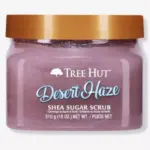



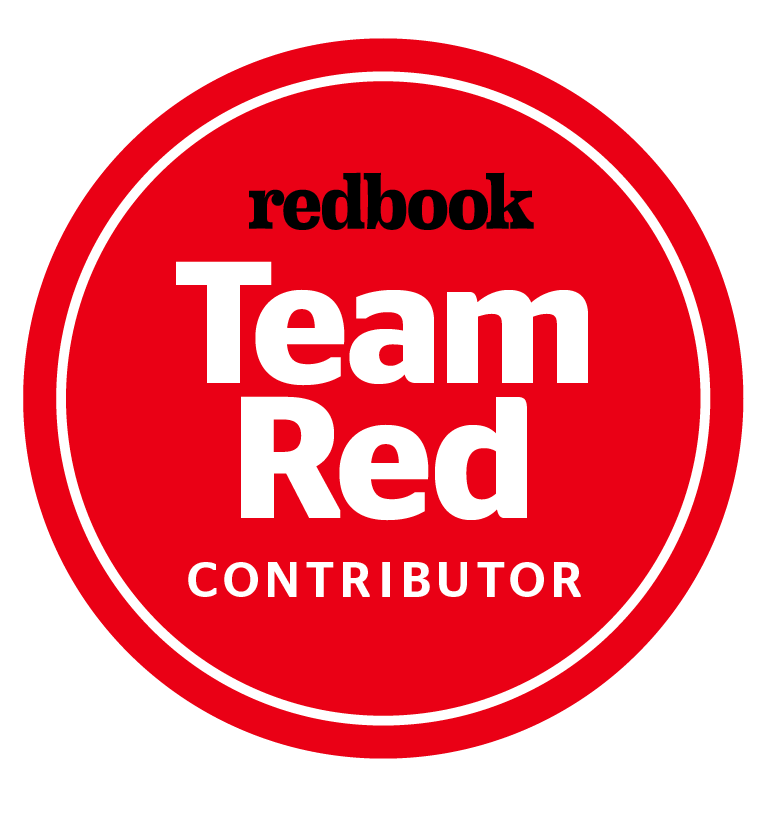

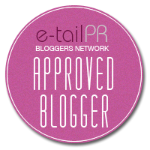
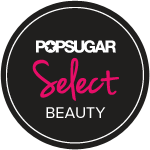
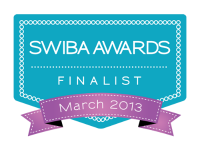



Recent Comments